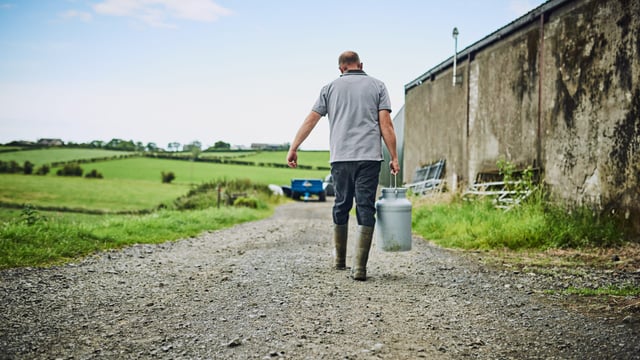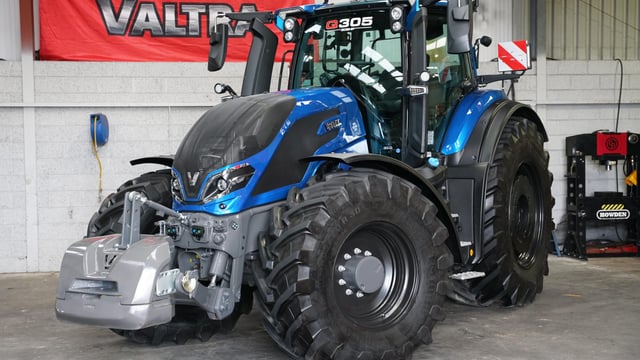Nitrogen content in fertilisers sold in 2024 up by 11% - CSO
The nitrogen (N) content of fertilisers sold in 2024 was 11% higher than in 2023 at 310,411t, according to the Central Statistics Office (CSO).
The data shows that total fertiliser sales rose by 8% to 1.2 million tonnes last year. This followed decreases of 18% in each of the previous two years.
The phosphorus (P) content of fertilisers sold in 2024 was down 7% on 2023 at 28,736t.
In the 2023/2024 crop year, 50% of fertiliser sales took place in the three months from April to June 2024, with only 1% of sales occurring in the quarter from October to December 2023
Lime sales were one million tonnes in 2024, remaining steady when compared with 2023.
Data on total fertiliser sales and the nutrient content of fertiliser sales are presented for the crop year rather than the calendar year.
The crop year runs from the beginning of October each year until the end of September the following year.
Clare O'Hara, statistician in the CSO Environment Division, said that quarterly sales data can give an indication of the time of year of greatest fertiliser use.
"For each year from 2015 to 2024, at least 75% of fertiliser sales took place between January and June, with less than 10% occurring between October and December.
"In 2023 and 2024, 50% of fertiliser sales were in April to June while around a quarter were in January to March.
"Loss of nutrients to the environment is affected by the amount of rainfall at the time of fertiliser application," she said.
Fertiliser sales in Ireland were just over 1.7 million tonnes in 2000, the highest of the period 2000-2024.
They fell to 1.2 million tonnes in 2009 before reaching 1.7 million tonnes again in 2018 and in 2021.
This was followed by an 18% decrease to 1.4 million tonnes in 2022 and a further 18% reduction to 1.1 million tonnes in 2023, the lowest level between 2000 and 2024.
"The reductions in fertiliser sales in 2022 and 2023 may have been related to higher fertiliser prices relative to previous years," the CSO noted.
According to the CSO, the N content of fertilisers sold in Ireland was 407,598t in 2000. While it fell to in 295,795t in 2011, it rose again to 408,495t in 2018.
In 2023 there were 280,569t of N in fertilisers sold in Ireland, a decrease of 18% on 2022 and the lowest level of the period 2000-2024.
An 11% increase in 2024 brought the nitrogen content of fertilisers sold that year to 310,411t. This was the sixth-lowest level between 2000 and 2024.
Phosphorus content was at its highest level of the period 2000-2024 in 2000 at 49,267t and was lowest in 2009 at 20,231t.
In 2023, there were 30,762t of phosphorus in fertilisers sold in Ireland, a fall of 10% compared with 2022.
A further 7% drop in 2024 meant the phosphorus content of fertilisers sold was 28,736, also the sixth-lowest level of the period.
There were 88,058t of potassium in fertilisers sold in Ireland in 2024.
Lime sales were at their highest of the period 2000-2024 in 2022 at 1.4 million tonnes. This was an increase of 4% on 2021, which in turn had shown an increase of 50% on 2020.
In 2023, lime sales fell 27% to 1 million tonnes and remained at a similar level last year.





